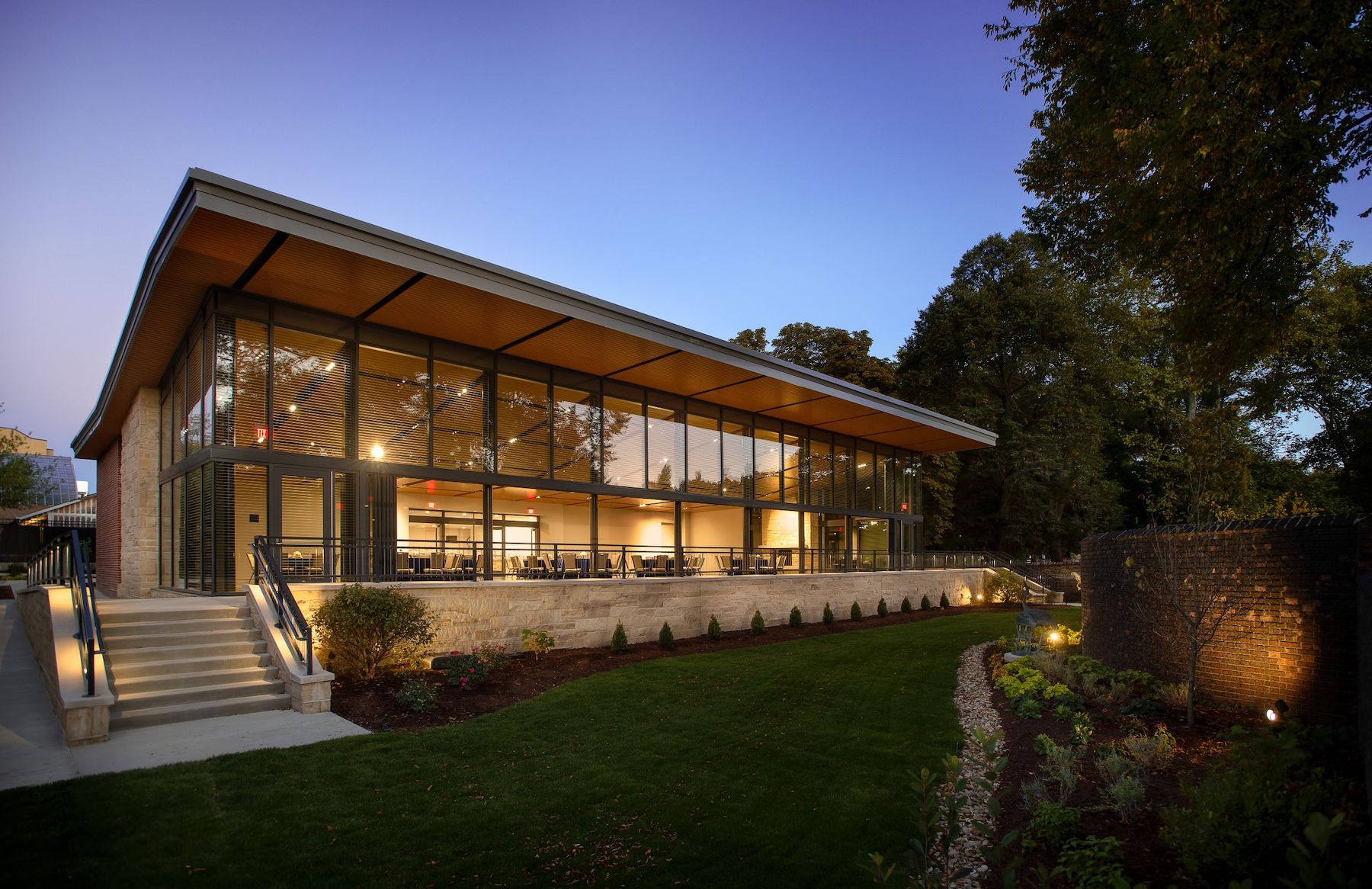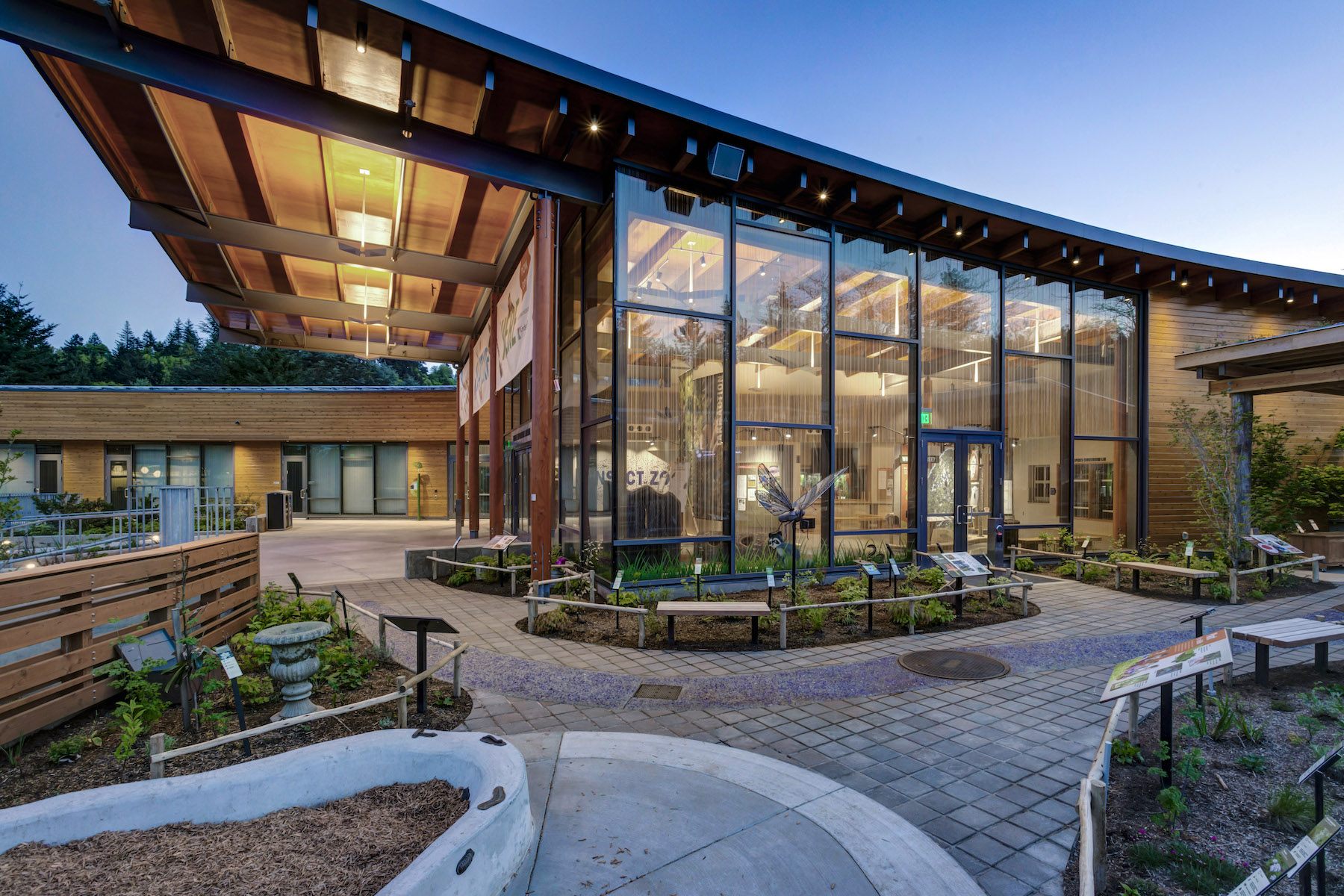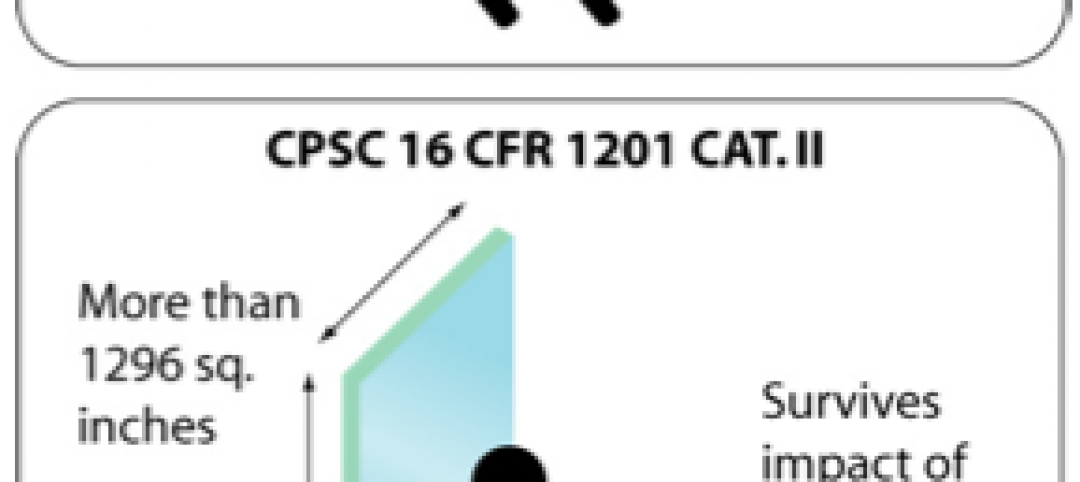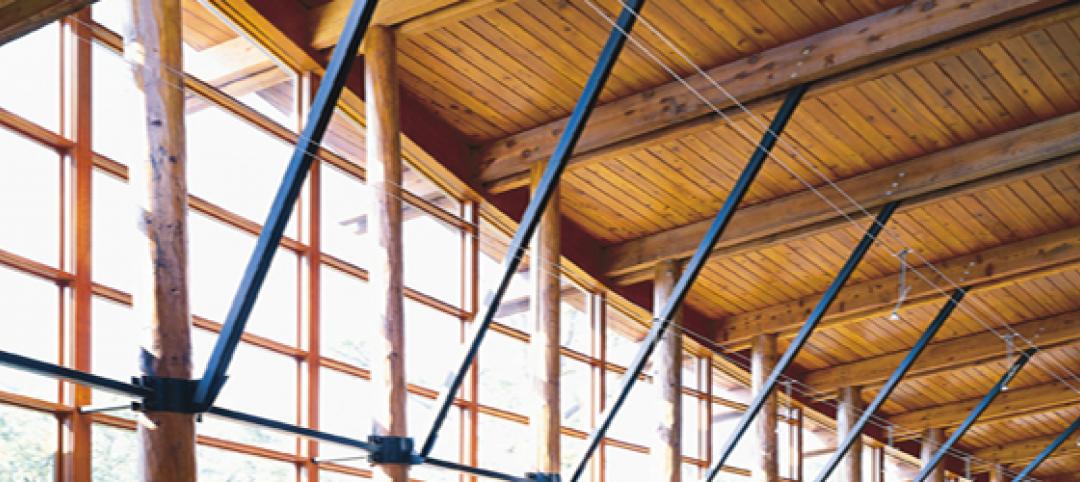While glass is one of the most economical, versatile and beautiful building materials, collisions with glass remain a major cause of bird mortality in North America. This has led to a surge in legislation for bird-safe building materials in North America and beyond.
Last year, the Bird-Safe Buildings Act was passed by the U.S. House of Representatives. Meanwhile, the National Glass Association (NGA) leads a bird-safe glazings advocacy effort. Some municipalities, such as New York City, even require bird-safe glass on certain building types.
Saving Birds Lives While Saving Energy
Industry standards are emerging in relation to bird-friendly glass. Glasses today are often evaluated against the 2″ x 4″ rule, based on the idea that birds will not attempt to fly into spaces they detect as being less than 2 inches high and 4 inches wide. Glasses can be assigned “threat factors,” which measures the potential risks a glass can pose to bird populations.

In coming years, bird-safe glass is expected to gain in preference and find its way into more local building codes and architect demand is expected to accelerate.
Meanwhile, increasingly stringent energy codes and a global drive for sustainability demand excellent energy performance in glass products.
A Sustainable, Bird-Safe Solution
The partnership between Walker Glass and Vitro provides a bird-safe glazing solution while saving energy. AviProtek® E bird-safe low-e glass helps architects and building owners satisfy new regulations for bird-friendly building design, achieve their environmental goals, earn LEED® credits and meet solar-performance targets.
AviProtek® E glass has received numerous accolades over the years and is the only bird-safe glass product available with an Environmental Product Declaration (EPD). This allows architects to secure an additional LEED point for their projects using Pilot Credit 55 related to bird deterrence. It also meets California building legislation requirement (AB262) enacted in 2020. AviProtek® E also has a Health Product Declaration (HPD), which contributes to LEED points in the Materials & Resources (MR) Category.
An Alternative to Ceramic Frit
While ceramic frit is commonly used to satisfy bird-safe glass requirements, acid-etched visual markers — such as those used in AviProtek® E bird-friendly glass — are generally more effective when optimized for energy efficiency. By placing acid-etched visual markers on the first surface of an insulating glass unit (IGU), which is preferred to prevent bird collisions, a solar control, low-e coating can be applied to the second surface—which is ideal for optimizing performance.
Ceramic frit is not optimized for the first surface of IGUs. When ceramic frit is placed on the first surface, the low-e coating must be placed on the third surface, potentially compromising energy performance.
To learn more about bird-friendly glass from Vitro Architectural Glass and Walker Glass, visit www.vitroglazings.com/birds.
Related Stories
| Jul 22, 2011
From Wired Glass to Clear Solutions: Designing with Fire Rated Glass Today
This white paper provides readers with a solid understanding of fire rated glass (FRG) based on the two types of FRG recognized in the IBC – fire protective and fire resistive glazing. The discussion includes the advancement of FRG from traditional wire glass to technologically advanced clear solutions, recent code changes, the updated 2012 IBC Chapter 7 Tables outlining the requirements for FRG applications, and fire-rated framing considerations. The white paper is intended to give readers the ability to specify the correct, code-approved FRG product for particular applications based on the most up-to-date version of the IBC.
| Jul 22, 2011
High-performance windows and doors
Learning objectives After reading this article, you should be able to: Understand issues of thermal performance and energy efficiency in relation to window and door systems; describe optimal detailing of the window-wall interface and how it contributes to building performance, sustainability, and occupant well-being; understand how durability contributes to sustainable windows/doors; and list sustainable O&M requirements for window and door systems.
| May 25, 2011
SAFTI FIRST hosts architectural summit in New York
SAFTI FIRST is hosting the Architectural Summit on Thursday, June 2 at the W Hotel in New York City. The half-day educational conference allows architects, specifiers and contract glaziers to learn about the latest advances in glazing technology and design. SAFTI FIRST, Wausau Window and Wall Systems, W&W Glass, LLC and Firestone/UNA-CLAD will each be presenting an AIA registered program.
| May 24, 2011
Guardian partners with Joel Berman Glass Studios
Guardian Industries expands interiors offering as exclusive manufacturer and distributor of signature glass textures designed by Joel Berman Glass Studios.
| May 4, 2011
SAFTI FIRST to debut free apps for iPhone, iPod Touch, and iPad at AIA Convention
SAFTI FIRST, manufacturer of fire rated glass and framing solutions, will debut its mySAFTI app, the first interactive design tool that takes the guesswork out of choosing the correct fire rated glass product, at the AIA National Convention in New Orleans, May 12-14. Visit booth1634.
| Apr 22, 2011
AAMA releases voluntary tornado specification
As tornado season escalates and increased tornado activity has devastated parts of the Midwest and the South during he past few weeks, the American Architectural Manufacturers Association (AAMA) has released a voluntary specification for testing and rating building components that will be exposed to tornados and similar extreme wind and rain conditions.
| Apr 19, 2011
Is a building sustainable if it kills birds?
Migratory birds were flying into the windows and falling, dead or injured, to the foot of the LEED-Platinum FBI building in Chicago. The FBI building isn't the only LEED-certified structure to cause problems for migratory birds, however. Some of the more than 33,000 LEED-certified buildings in the U.S. use large amounts of glass to bring in natural light and save on energy—and all that glass can confuse birds.
| Apr 14, 2011
How AEC Professionals Choose Windows and Doors
Window and door systems need to perform. Respondents to our annual window and door survey overwhelmingly reported that performance, weather resistance, durability, and quality were key reasons a particular window or door was specified.
| Apr 12, 2011
Entrance pavilion adds subtle style to Natural History Museum of Los Angeles
A $13 million gift from the Otis Booth Foundation is funding a new entrance pavilion at the Natural History Museum of Los Angeles County. CO Architects, Los Angeles, is designing the frameless structure with an energy-efficient curtain wall, vertical suspension rods, and horizontal knife plates to make it as transparent as possible.
| Apr 11, 2011
From Wired Glass to Clear Solutions: Designing with Fire Rated Glass Today
This white paper provides readers with a solid understanding of fire rated glass based on the two types of FRG recognized in the IBC – fire protective and fire resistive glazing. The white paper is intended to give readers the ability to specify the correct, code-approved FRG product for particular applications based on the most up-to-date version of the IBC.











